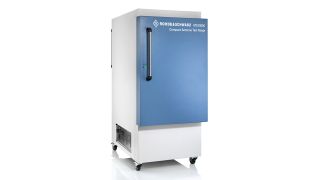Deliver expected quality of experience to end users
Base station (BS) performance is vital for delivering expected quality of experience to end users. To ensure this, it is important that the base station conformance criteria is met and that they fulfill the requirements in the region in which they operate. These criteria are specified by the mobile communication standardization body 3GPP. Based on the 3GPP base station conformance specifications, regional standardization bodies, local regulators and network operators implement test standards according to their needs.















